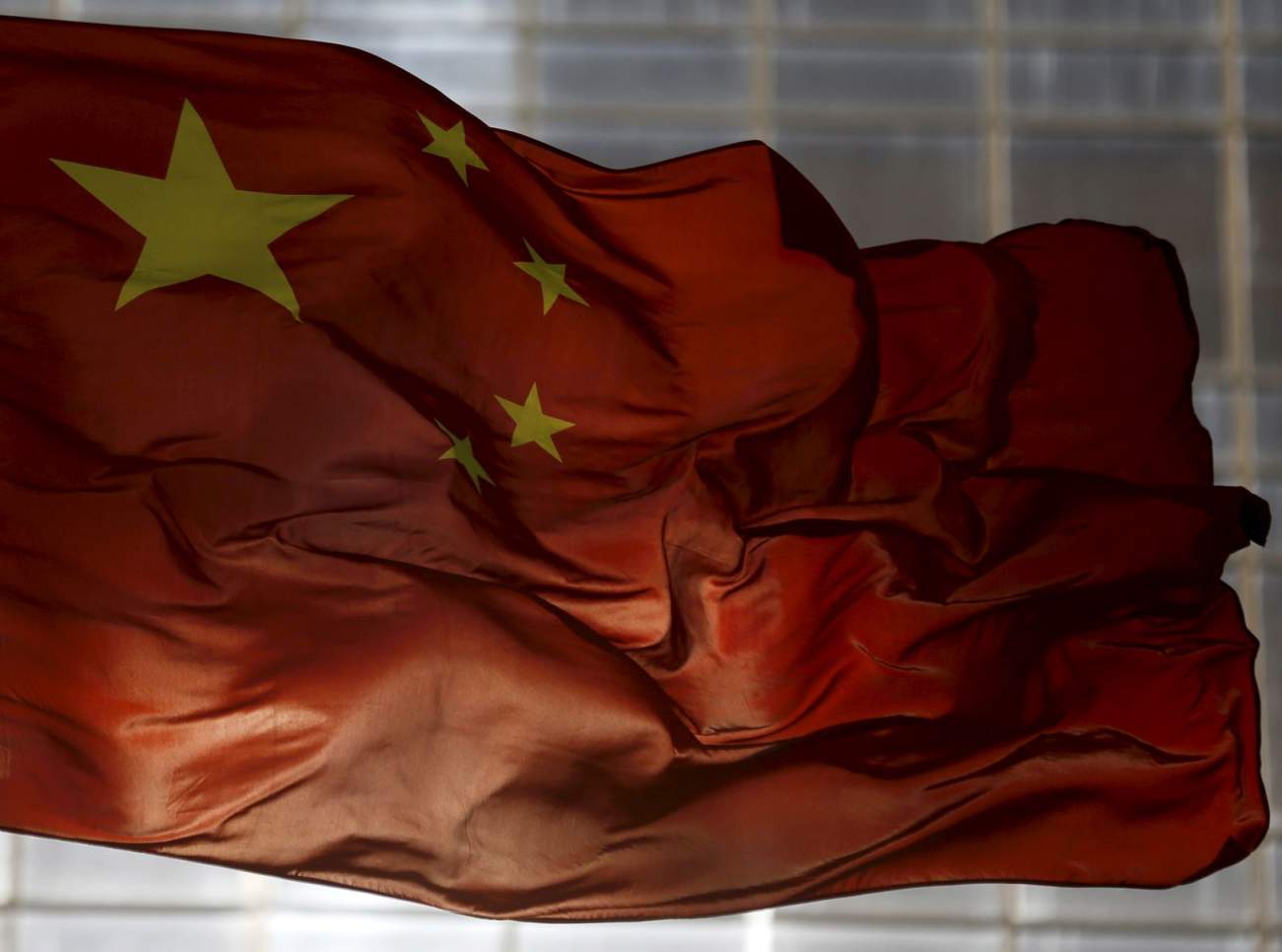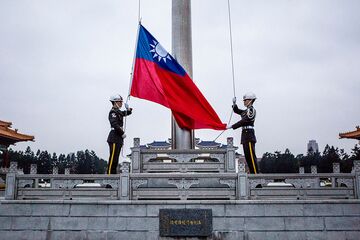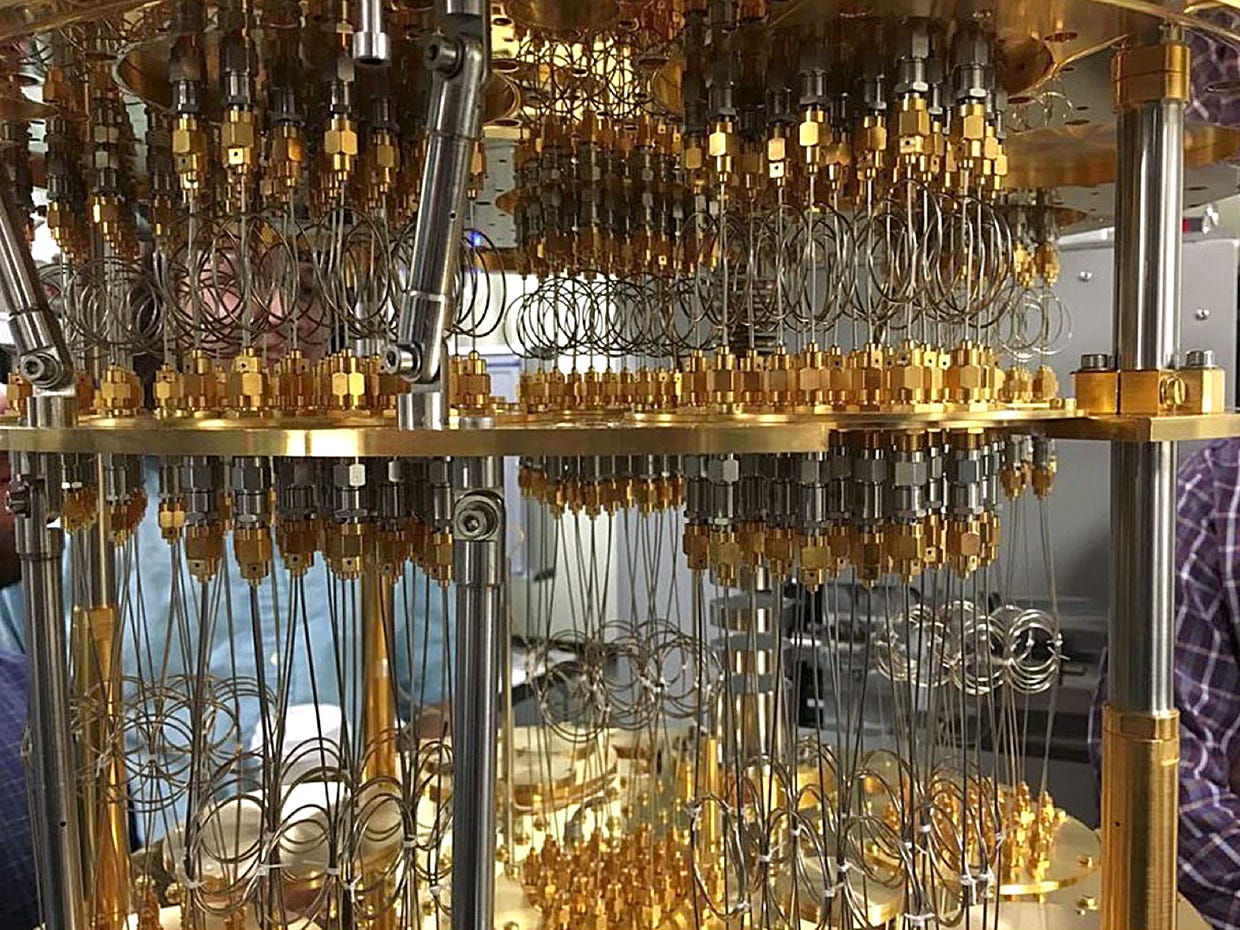By Titli Basu*
 Defence Minister Nirmala Sitharaman invited Japan to participate in the two defence industrial production corridors1 in Tamil Nadu and Uttar Pradesh during the Annual Defence Ministerial Dialogue held in August 2018. These corridors are aimed at boosting the defence ecosystem and reinforcing Prime Minister Narendra Modi’s signature Make in India initiative. The Make in India campaign intersects with the unfolding reorientation in Japan’s post-war security posture and its easing of the arms export policy exemplified by Prime Minister Shinzo Abe’s outlining of the Three Principles on Transfer of Defence Equipment and Technology2 in April 2014. Since then, India and Japan have engaged in complex deliberations on the prospects of sourcing Japanese defence technology, joint development and production of defence equipment.
Defence Minister Nirmala Sitharaman invited Japan to participate in the two defence industrial production corridors1 in Tamil Nadu and Uttar Pradesh during the Annual Defence Ministerial Dialogue held in August 2018. These corridors are aimed at boosting the defence ecosystem and reinforcing Prime Minister Narendra Modi’s signature Make in India initiative. The Make in India campaign intersects with the unfolding reorientation in Japan’s post-war security posture and its easing of the arms export policy exemplified by Prime Minister Shinzo Abe’s outlining of the Three Principles on Transfer of Defence Equipment and Technology2 in April 2014. Since then, India and Japan have engaged in complex deliberations on the prospects of sourcing Japanese defence technology, joint development and production of defence equipment.












/arc-anglerfish-arc2-prod-mco.s3.amazonaws.com/public/QRIVGOPYJFB7NFNCJIMR4DRECQ.jpg)
